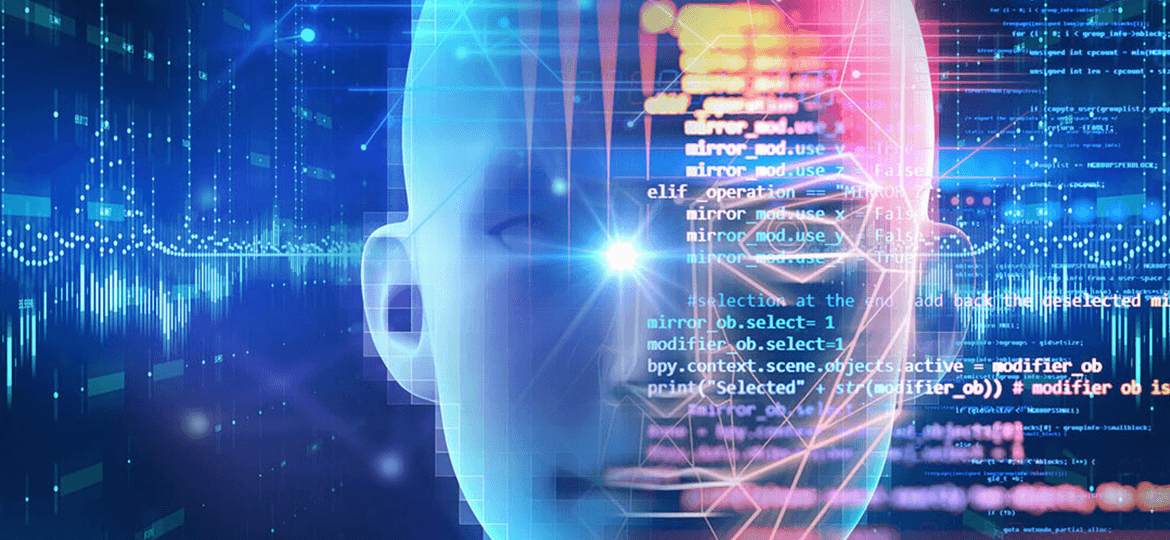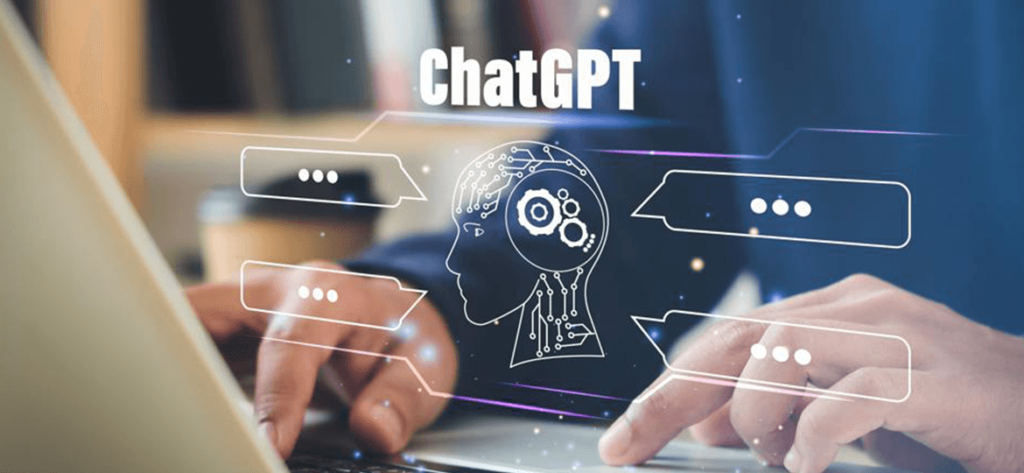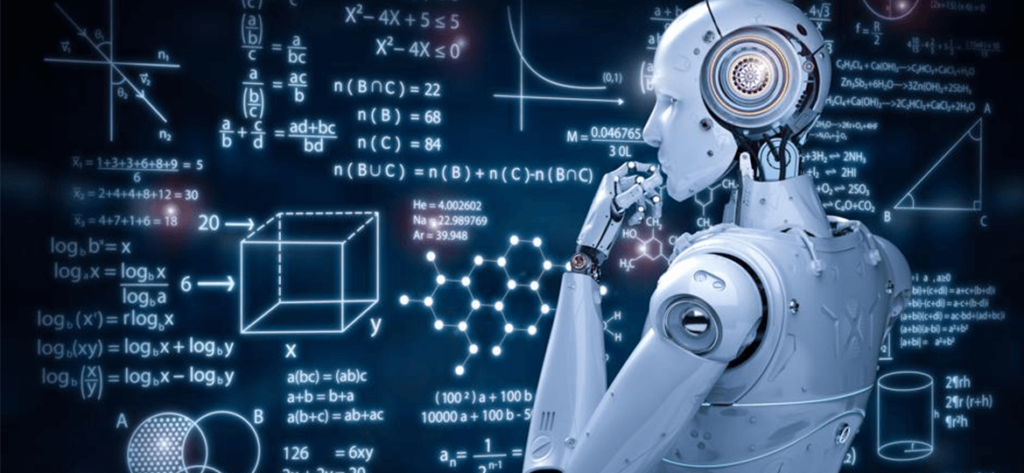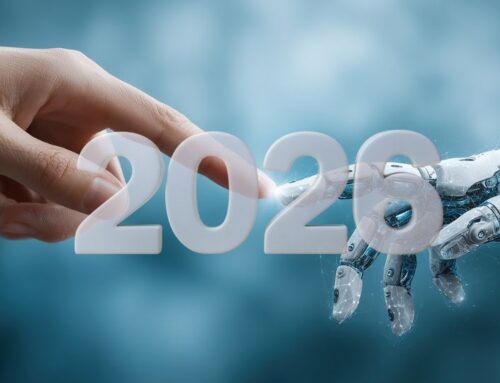April_ChatGPT Discussion|Global AI Development Process and Trends
At a time when ChatGPT is exploding in popularity, the term Artificial Intelligence has returned to the center of market discussion. Artificial Intelligence (Artificial Intelligence) refers to the use of a variety of information technology to create a machine with a variety of human capabilities such as perception, cognition, creation, intelligence, and so on, and is also known as machine intelligence, is a can observe the surrounding environment and take action to achieve the goal of the intelligent subject (Intelligent). Agent.) The concept first appeared in 1955 by John McCarthy, Marvin Minsky, Nathaniel Rochester, Claude Shannon and other scientists co-authored the Dartmouth Summer Research Project On Artificial Intelligence (A Proposal For The). A Proposal For The Dartmouth Summer Research Project On Artificial Intelligence" written by Nathaniel Rochester, Claude Shannon, and other scientists, because the first conference on artificial intelligence was held at Dartmouth College in the United States in the following year, 1956 is now generally recognized as the first year of artificial intelligence. Mr. Kai-Fu Lee, an AI expert who has served as the global vice president of Apple, Microsoft, and Google, puts forward five definitions, including: (1). Artificial Intelligence is a computer program that people find unimaginable, (2). Artificial intelligence is a computer program that is similar to the way human beings think, (3). Artificial intelligence is a computer program that resembles human behavior, (4). Artificial intelligence is a computer program that learns, (5). Artificial Intelligence is a computer program that acts rationally based on its perception of the environment to maximize its effectiveness. Artificial Intelligence can be roughly categorized into five development phases as follows.
- The period between 1950 and 1974 was a period of initial development. Since it was before the emergence of the Internet, it is called Classical Artificial Intelligence. The "Symbolism" and "Connectionism" developed at this time were the prototypes of the "Expert System" and "Deep Learning" in the future, respectively.
- The period between 1974 and 1980 was a period of reflection and development. The breakthroughs of the previous period greatly raised scientists' expectations of AI, and they began to attempt more challenging tasks and propose unrealistic goals for research and development. However, a series of failures and unfulfilled expectations led to a downturn in the development of AI. Two academic reports were published that led to a drastic reduction in research funding, including the 1966 American Automatic Language Processing Advisory Committee's "Language and Machines: Computers in Translation and Linguistics", and the 1966 "The Role of Computers in Translation and Linguistics", a report on the development of artificial intelligence. Language and Machines: Computers in Translation and Linguistics" by the Automatic Language Processing Advisory Committee and "Artificial Intelligence: A General Survey Report" by Prof. Sir James Lighthill of the United Kingdom in 1973, both of which expressed disappointment at the failure of previous investments to yield the expected benefits. Both expressed disappointment that their previous investments had failed to produce the expected benefits and suggested that they should not continue to invest in the bottomless pit of artificial intelligence.
- The period of application development between 1980 and 1987. The popularity of computers made the research in this period mainly utilized expert systems that instilled expert knowledge as rules to help solve specific problems, and usually prepared a large number of responses to a predefined problem in advance. However, it does not have the ability to learn on its own, so the application is limited and the boom is gradually fading.
- Between 1987 and 1993, there was a downturn in the development of expert systems. As the scale of AI applications continued to expand, the problems of narrow application areas, lack of general knowledge, difficulty in knowledge acquisition, single reasoning method, lack of decentralized functionality, and difficulty in compatibility with existing databases were gradually exposed in the expert system. Coupled with the increasing power of personal computers (PCs), the governmental agencies felt that investment in AI did not have a significant effect, which led to a drastic reduction in the amount of funding for research.
- Since 1993, the development of machine learning technology has been booming. With the popularity of high-performance computers, the Internet, big data, sensors, and declining computing costs, machine learning technology has emerged, which allows computers to learn a large amount of data to recognize sounds and images like humans, or to make appropriate judgments on problems. In addition, breakthroughs were made in computer vision and natural language processing. During this period, corporations gradually replaced the government as the main source of research funding for AI technology. For more details, please register or log in.Member Login.










